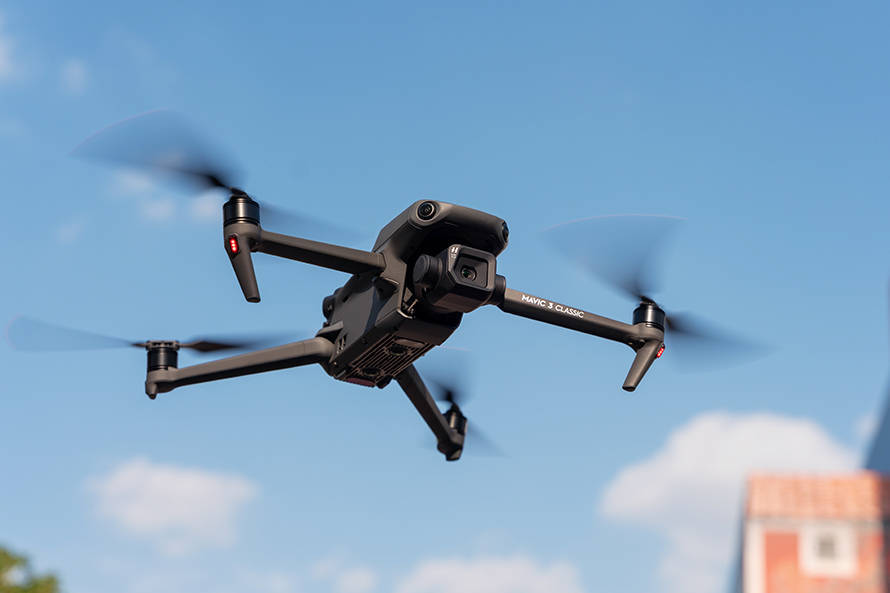In recent years, the advent of agricultural drones has sparked a transformative shift in farming practices across the globe. These innovative devices have introduced a new dimension to precision agriculture, optimizing yield and efficiency through sophisticated data collection and analysis. Agricultural drones, with their ability to survey large areas swiftly, have become invaluable tools for modern farmers. They provide a comprehensive overview of crop health, soil conditions, and water needs, enabling farmers to make informed decisions and tailor their interventions more precisely.
The Rise of Agricultural Drones
The use of drones in agriculture is akin to a technological renaissance in the industry. As the world faces increasing challenges to feed a growing population, these drones help farmers manage resources judiciously. Equipped with sensors and cameras, agriculture drones can gather data that is crucial for boosting productivity. Farmers now have the power to monitor crops in real-time, predict yields, and even apply fertilizers and pesticides with surgical precision, reducing waste and environmental impact.
Features and Benefits
Agricultural drones are equipped with various features that make them highly beneficial for farming endeavors. These features include multispectral and thermal imaging cameras that assess plant health by detecting issues like nutrient deficiencies or disease infestation early. This early diagnosis is pivotal in implementing effective countermeasures to safeguard the crops. Drones also assist with mapping and surveying, creating detailed terrain models that highlight potential water accumulation spots or pest-prone areas, thus optimizing irrigation and crop planning strategies.
By reducing manual labor and minimizing errors, agricultural drones have unequivocally enhanced the efficiency of farming practices.
Impact on Sustainable Farming
Integrating drones in agriculture has profound implications for sustainable farming. These aerial devices help in maximizing resource use efficiency and lowering the ecological footprint of farming activities. For instance, accurate mapping leads to better water management, ensuring minimum wastage and conserving water resources. Additionally, precision application technologies reduce the use of chemicals, promoting healthier ecosystems.
Agricultural drones facilitate crop rotation and diversity as they allow farmers to easily monitor mixed crop systems. This versatility helps in building soil health and enhancing resilience against pests and diseases, crucial factors for sustainable agricultural practices.

The Future of Farming
The future of agriculture is likely to be dominated by smart technologies, and drones are at the forefront of this revolution. Continued advancements in drone technology, such as improved battery life and enhanced data analytics, are poised to make these devices even more indispensable for farmers. With an expanding array of applications, agricultural drones are set to become an essential component of future farming strategies.Recent developments in artificial intelligence.jpg) are further augmenting the functionality of drones, enabling autonomous operations that could redefine productivity standards in agriculture.
are further augmenting the functionality of drones, enabling autonomous operations that could redefine productivity standards in agriculture.
Frequently Asked Questions
Q: How do agricultural drones help in crop monitoring?
A: Agricultural drones utilize sophisticated imaging technologies to assess crop health, detect anomalies, and facilitate timely interventions, ensuring optimal growth and yield.
Q: Are agricultural drones environmentally friendly?
A: Yes, drones contribute to sustainable farming by reducing chemical usage and conserving resources, thus minimizing environmental impacts.
Q: Can drones replace traditional farming methods?
A: While drones enhance precision and efficiency, they complement rather than completely replace conventional farming methods, integrating modern technology with established agricultural practices.